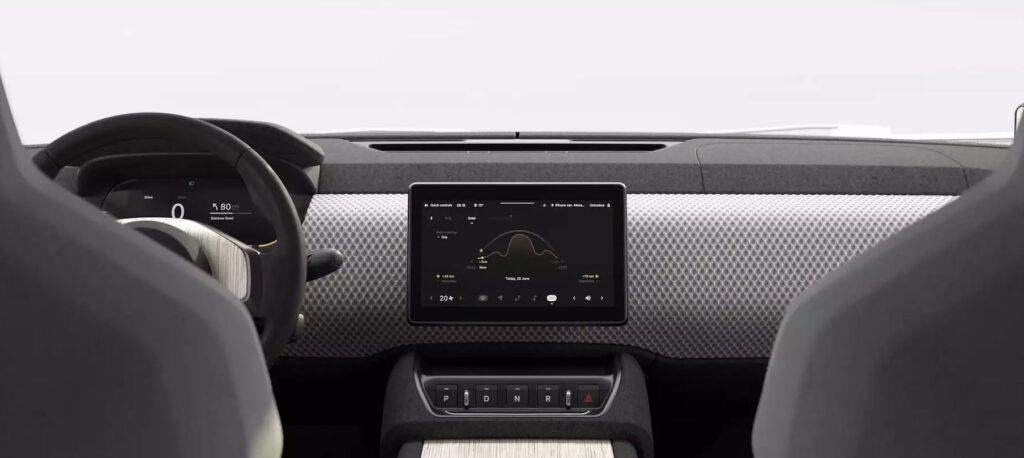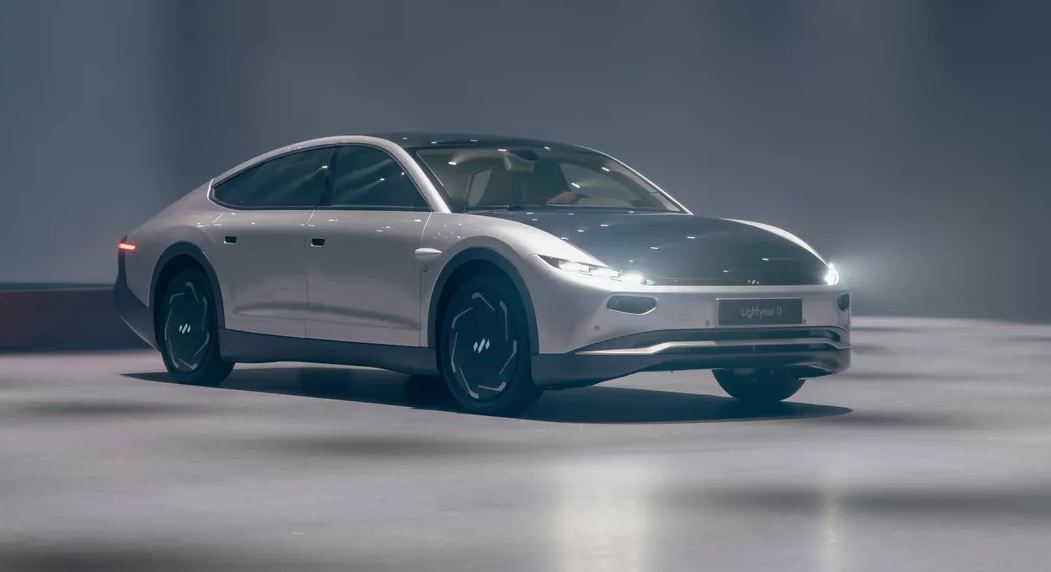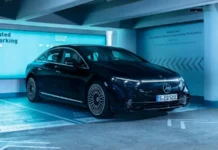Drive through everyday life with solar energy? This idea should become reality with the Lightyear 0 in 2022. The Dutch start-up relies on its own drive concept and would rather shine with the performance data with range than with acceleration values. The Lightyear 0 can be ordered now, and production is scheduled to start in autumn 2022 in Uusikaupunki, Finland.
A range of 560 km with a consumption of 10.5 kWh per 100 km and a speed of 110 km/h – the efficiency of the vehicle plays a decisive role in this data. Looking at the shape of the car, it is immediately clear: the aerodynamicists were in charge here.
The Lightyear looks like it is made of one piece and does without beads and edges in the sheet metal. This ensures a particularly calm air flow and thus less air resistance. The drag coefficient of the e-car is therefore below 0.19. A maximum range of up to 625 kilometers should be possible according to WLTP.

The interior of the Lightyear is bright and can accommodate up to five people. Here’s a look at the previous concept vehicle “Lightyear One”.
With these values, performance only plays a minor role. From zero to 100 km/h, the electric sedan needs a smooth ten seconds, at 160 km/h it’s over.
Plenty of interior space
The design is very reminiscent of the Mercedes EQXX study , only that Lightyear showed its vehicle to the public in 2021 and could therefore have served as inspiration for the Swabians. The start-up does without active aerodynamics, instead of door handles there are only buttons. The rear wheel arches are partially covered, but the cover can optionally be omitted.
With a length of around 5.08 meters and a width of 1.97 meters, the Lightyear 0 is not really suitable as a city car. There should be room for up to five people and their luggage can be accommodated in a 640 liter trunk.
The dimensions at a glance:
• Length: 5083 mm
• Width: 1972 mm
• Height: 1445 mm
• Curb weight: 1575 kg
• Trunk volume: 640 liters
Four individual motors and 60 kWh battery capacity
Four wheel hub motors drive the Lightyear 0. This clearly differentiates the e-car from its competitors, who mostly rely on one motor per axle. A sophisticated engine control system is designed to ensure that the torque distribution is always adjusted. The Dutch company specifies the battery size as 60 kWh, and the battery pack is said to weigh around 350 kilograms.






